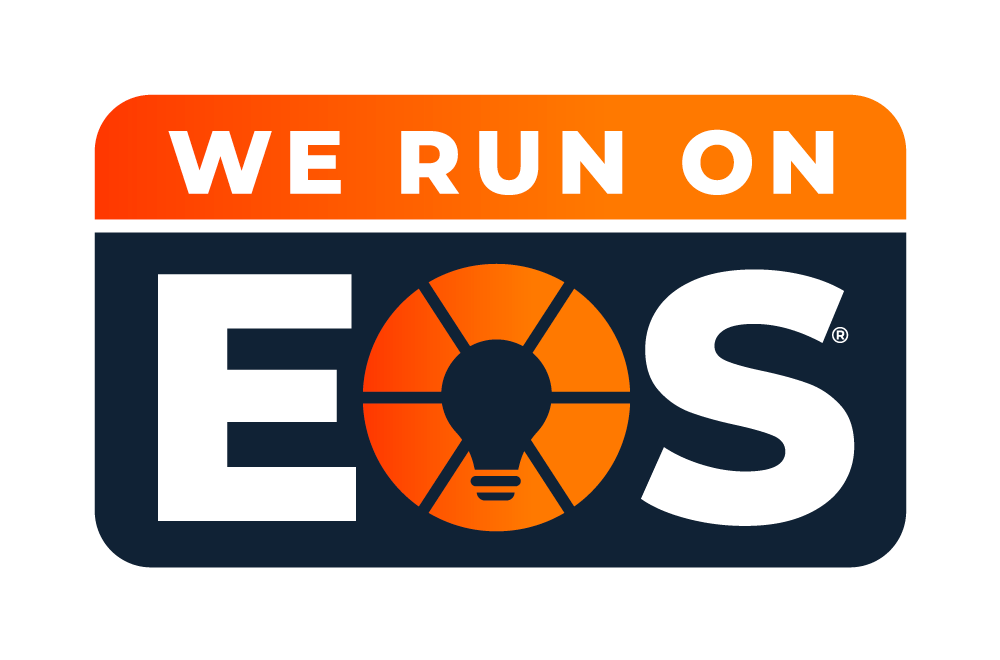
A/B testing, also known as split testing, is a crucial practice in digital marketing that Flight offers to determine the most effective strategies for your Facebook and Instagram ad campaigns. Successful A/B testing requires a combination of careful planning, accurate data collection, and thorough analysis. Continue reading for 3 tips to follow and 3 mistakes to avoid in A/B testing.
Step 1: Select a campaign goal.
Clearly define the goal of your A/B test. Are you trying to increase click-through rates, conversions, engagement, or improve any other relevant KPIs? Ensure that your goal is specific enough to be measured with predetermined KPIs that you'll use to evaluate the outcome.
Step 2: Select a single variable.
Choose one specific element to test in each variant of your ad. Suggested variables to test include:
- Creative - Imagery, Video, Animations, Text, Headlines, CTAs
- Targeting - Demographics, Behaviors, Interests, Locations
- Placements - Facebook, Instagram, Messenger, Audience Network
- Optimizations - Clicks, Conversions, Impressions, Unique Reach
Step 3: Create variants.
Create two or more ad variants, each differing in the chosen variable.
Determine a hypothesis for your test, based on your business goal. For example, you could test variant combinations such as:
- Does optimizing for landing page views versus link clicks generate more conversions?
- Will using the CTA “Sign Up” or “Contact Us” yield a higher click-through rate?
- Do carousel ad formats or do video ads generate more audience engagement (social proof)?
- Do the ads generate more desired results on mobile or desktop?
- Will applying exclusion targeting generate more quality leads?
Use the "If-Then" Format: Structure your hypothesis using the "if-then" format. This makes your hypothesis clear and testable.
"If we change [variable] to [specific change], then [expected outcome] will [increase/decrease/stay the same]."
- Original Ad: If we use the current headline and image in our Facebook ad targeting young adults, then the click-through rate will remain at the average rate of 1.5%.
- Variant Ad: If we change the headline to be more attention-grabbing and update the image to show the product in use, then the click-through rate will increase to 2.5%.
Once you’ve formed a hypothesis and selected at least two variants, the golden rule is to keep all other elements constant during your A/B test to accurately measure the impact of the single variable you're testing.
At Flight, we avoid these common mistakes and follow best practices to help you get the most out of your A/B testing efforts, leading to more accurate insights and better optimization of your ad campaigns.
Mistake 1: Testing more than one variable simultaneously.
A/B Testing helps ensure your audiences will be evenly split and statistically comparable, while informal testing can lead to overlapping audiences. This type of overlap can contaminate your results and waste your budget. Testing multiple variables simultaneously can make it difficult to pinpoint which variable is responsible for the observed changes in outcomes.
Mistake 2: Structuring the campaign incorrectly.
In the ad set creation process, you'll have the option to set up an A/B test, which Facebook calls a "Split Test." At Flight, we create multiple ad sets within the campaign that each represent a different variation for the chosen variable. Otherwise, Facebook will use its machine learning to optimize the ads automatically for you, rendering your A/B test useless.
Mistake 3: Not investing enough budget and time.
Meta suggests running an A/B for at least 7 days but no longer than 30 in order to receive adequate results. Anything shorter than 7 days may produce inconclusive results. We also recommend using the same budget for both versions in a test to ensure a fair comparison. Your A/B Test should have a budget that will produce enough results to confidently determine a winning strategy. Here’s an easy way to determine what your budget should be:
- What is your average cost per conversion? Say it’s $5.
- How many variants are you testing? Say 3.
- What’s an adequate sample size? Facebook doesn’t recommend anything less than 100.
- Multiplying those together gives you a baseline budget to spend on your test: $1,500.
Pro Tips
Share Results: Once the A/B test is completed and results are available, share the outcomes with the creative team. Provide insights into which variation performed better and why. It's a collaborative process that requires clear communication, feedback, and a willingness to work together to achieve the best results.
Discuss Learnings and Feedback: Discuss the learnings from the test and any implications for future creative work. This could include insights about design preferences, messaging effectiveness, and more.
Celebrate Success: If the A/B test leads to significant improvements, celebrate the success with the creative team. Recognition can boost morale and motivation.
Remember, Facebook's A/B testing process can vary based on updates and changes made to their platform. We always refer to the latest official resources and guides provided by Facebook to ensure we’re following the most accurate and up-to-date procedures for setting up and conducting A/B tests on their platform. Based on the results of your A/B test, optimize your future campaigns by implementing the insights gained from the A/B test.
At Flight, you can trust us to test your Meta ad campaigns the right way and provide results that will help you boost your business. Contact us for your Meta A/B testing needs today!






